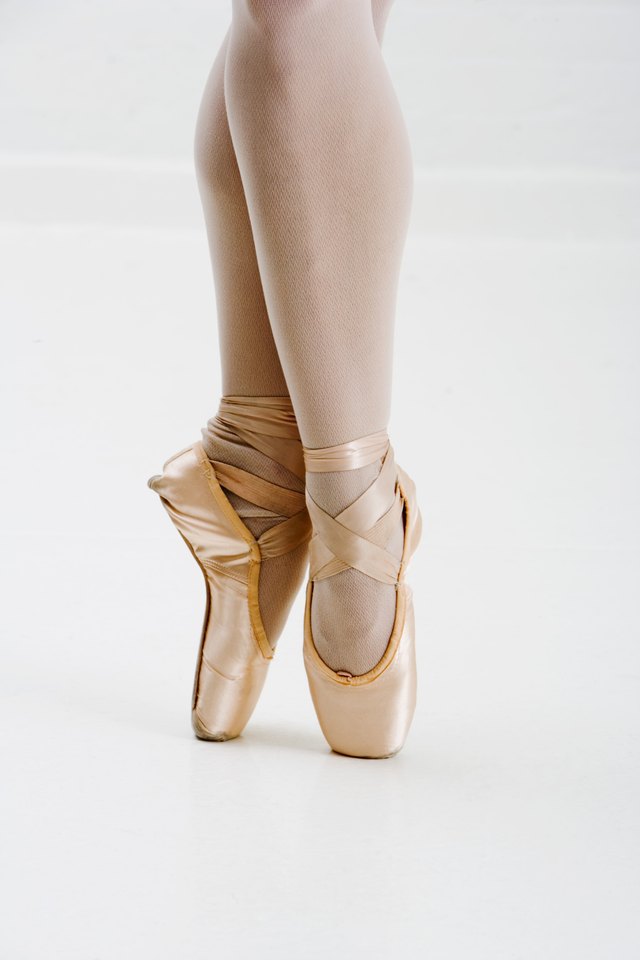Runner's Legs vs. Dancer's Legs

Runners and dancers are both known for athletic ability. They share many similar characteristics, including balance, endurance, grace and strength. When it comes to their legs, distance runners and ballet dancers are specifically known for thin, lean limbs that are similar in many ways. But due to the kind of activity and function, many differences set them apart.
Strength and Stamina
Both runners and dancers are strong, but in different ways. According to Burr Leonard, founder of the Bar Method, running gives each leg a brief chance to recover while the opposite one hits the ground. This helps runners conserve energy and gives their muscles enough rest to never get completely exhausted. Dancers, however, train their legs to hold positions without rest, making their legs less prone to fatigue in situations that require sustained strength and stamina.
Muscle Development
Runners and dancers also use different muscles in their activities. Running predominantly uses the quads and hamstrings, without engaging the glutes unless a runner is sprinting or going uphill. If they want to develop glute strength, runners have to strategically work muscle development and strength training into their routines. Dancers, on the other hand, use a broader range of motion that engages all the muscles in their lower limbs to a greater extent. While dancers also include strength training in their workouts, they get a great deal of muscle development from dancing alone.
Hips
Runners rely on strong hips to help them avoid injuries and keep their bodies aligned. Dancers do the same. But because running tends to tighten the hips and hip flexors, runners can experience decreased mobility in their legs and lower bodies. With tight hips, they are more prone to leg injuries such as muscle strains, tendonitis and IT Band Syndrome. Dancers are able to avoid this loss of mobility by moving their legs in a wide range of directions and maintaining flexibility. Their hips remain loose and strong because of their balance and stability work, and they are able to maintain strong hip flexors.
Bone Density
Due to the high-impact nature of their sport, runners have greater bone strength than other athletes. Research from the University of Missouri shows that running may be more beneficial than strength training when it comes to increasing bone density, which helps ward off health problems such as osteoporosis and decreases the chance for broken bones. Without the same level of impact in their daily routines, dancers must develop bone strength in their legs through diet and additional strength training.
References
Resources
Writer Bio
After graduating from the University of Kansas with a bachelor's degree in sports information, Jill Lee served for 10 years as a magazine editor for the Fellowship of Christian Athletes (FCA). Also a published author, Lee now works as a professional writer and editor focusing on fitness, sports and careers.
